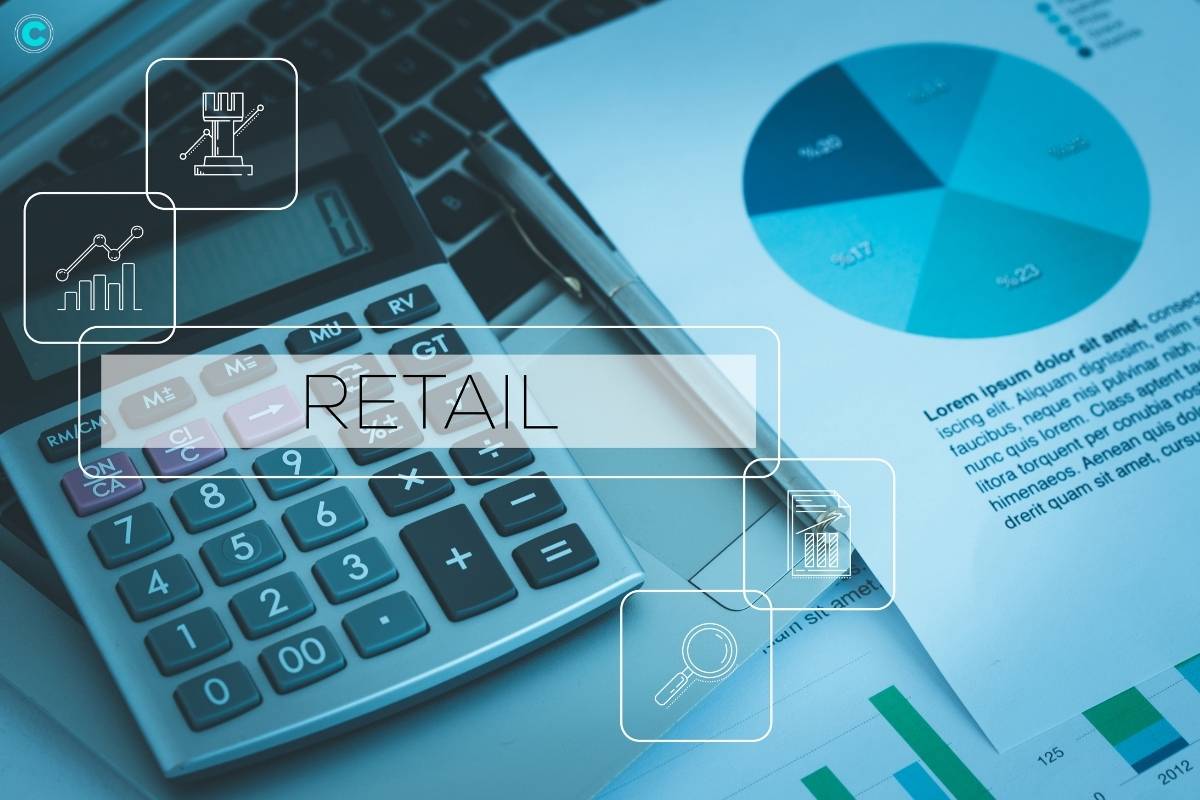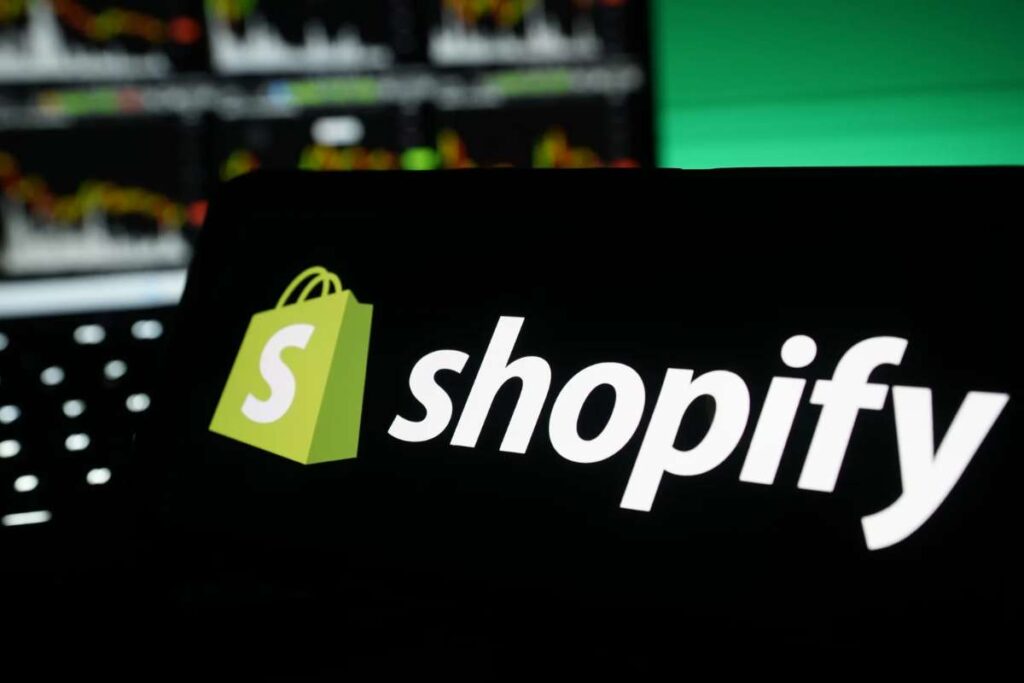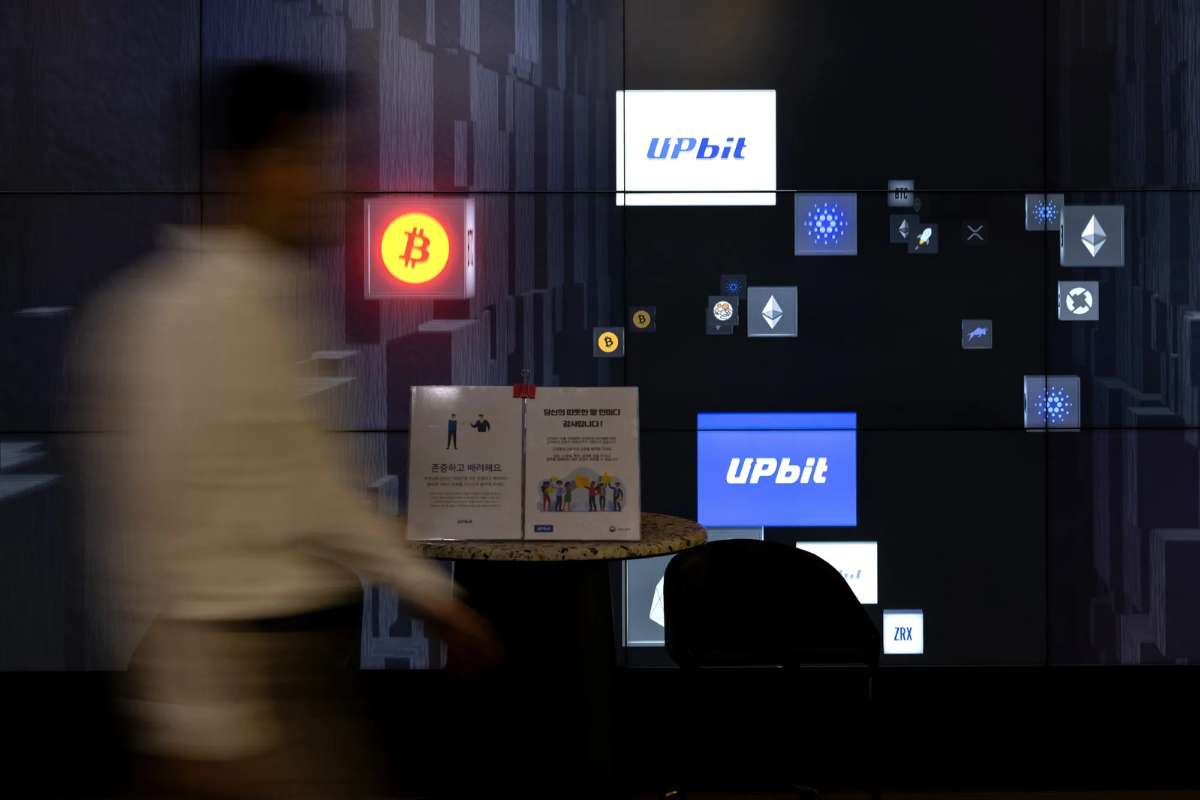The retail landscape has undergone a revolutionary transformation in recent years, thanks to the integration of cutting-edge technologies. One of the most impactful advancements is the Internet of Things (IoT). IoT in retail has emerged as a game-changer, revolutionizing both customer experience and supply chain management. In this article, we will delve into the various ways in which IoT is reshaping the retail industry, creating a more efficient and seamless ecosystem for businesses and consumers alike.
Understanding IoT in Retail:
The Internet of Things refers to the interconnected network of physical devices embedded with sensors, software, and other technologies, enabling them to collect and exchange data. In the context of retail, these devices range from smart shelves and beacons to RFID (Radio-Frequency Identification) tags and connected devices worn by customers. The primary goal of IoT in retail is to enhance operational efficiency, streamline processes, and deliver an unparalleled customer experience.
Customer Experience Enhancement through IoT:
1. Personalized Shopping Experience
IoT technology allows retailers to gain valuable insights into customer behavior and preferences. By deploying sensors and beacons throughout the store, retailers can track customer movements, analyze product interactions, and gather data on purchasing habits. This data is then used to create personalized shopping experiences. For instance, when a customer enters a store, the IoT system can send personalized promotions or discounts directly to their smartphones based on their past purchases or preferences.
2. Smart Shelves and Inventory Management

Keeping track of inventory and ensuring products are always available on the shelves is a significant challenge for retailers. IoT solutions address this issue by providing real-time data on stock levels. Smart shelves equipped with RFID tags or sensors automatically update inventory levels when a product is taken off the shelf or returned. This ensures that the shelves are well-stocked, reducing instances of stockouts and improving overall customer satisfaction.
3. Enhanced In-Store Navigation
Navigating through large retail spaces can be overwhelming for customers. IoT-powered navigation systems can guide customers through the store efficiently. Using location-based services, customers can receive real-time directions on their smartphones to find specific products or departments. This not only improves the overall shopping experience but also increases the likelihood of customers discovering and purchasing more items.
4. Efficient Checkout Processes
Long queues at the checkout counter can lead to customer frustration. IoT technology facilitates smoother and faster checkout processes. Automated checkout systems, such as RFID-enabled or sensor-based checkout counters, allow customers to make purchases without waiting in line. This not only saves time but also contributes to a more positive perception of the store.
Supply Chain Management Optimization through IoT:
1. Real-time Visibility and Tracking
IoT provides retailers with unprecedented visibility into their supply chain. By embedding sensors and RFID tags in products, packages, and vehicles, companies can track the movement of goods in real-time. This level of transparency enables better decision-making, as retailers can identify and address bottlenecks, delays, or issues in the supply chain promptly.
2. Inventory Optimization
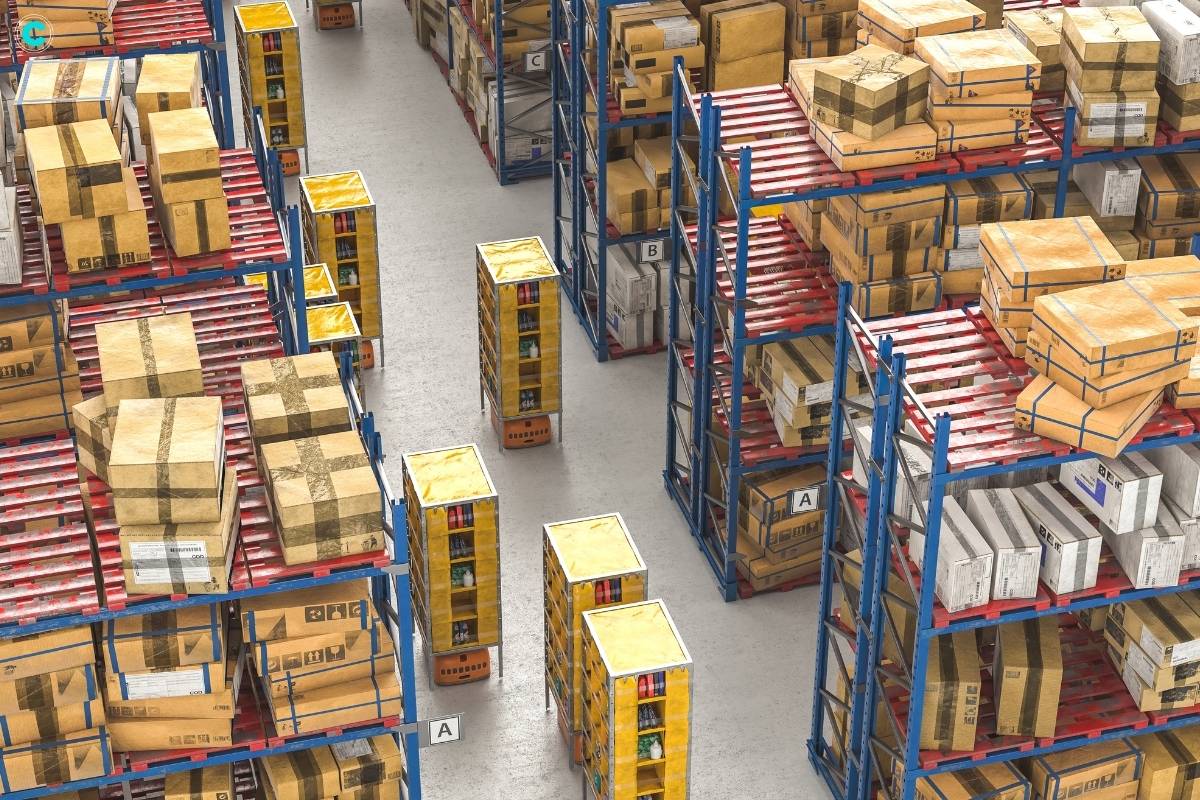
Accurate inventory management is crucial for retailers to meet customer demands while minimizing holding costs. IoT technology helps optimize inventory levels by providing real-time data on stock levels, demand patterns, and product shelf life. This data-driven approach allows retailers to make informed decisions about restocking, reducing the risk of overstocking or stockouts.
3. Predictive Maintenance for Equipment
In the retail industry, various equipment, such as refrigeration units, conveyor belts, and vehicles, play a critical role in ensuring the smooth flow of goods. IoT sensors can be deployed to monitor the condition of this equipment in real-time. By collecting and analyzing data on equipment performance, retailers can implement predictive maintenance strategies, preventing unexpected breakdowns and minimizing downtime.
4. Streamlined Supplier Relationships
IoT facilitates seamless communication between retailers and suppliers. Through connected systems, suppliers can receive real-time information about inventory levels, demand forecasts, and sales trends. This enables suppliers to optimize production schedules, maintain optimal stock levels, and respond promptly to changing market conditions. The result is a more efficient and collaborative supply chain ecosystem.
Challenges and Considerations:
While the benefits of IoT in retail are substantial, there are challenges and considerations that businesses must address for successful implementation.
1. Security Concerns

As retailers collect and utilize vast amounts of customer and operational data, the risk of cyber threats increases. Ensuring robust cybersecurity measures is crucial to protect sensitive information and maintain customer trust.
2. Integration Complexity
Implementing IoT solutions often involves integrating new technologies with existing systems. This can be a complex process that requires careful planning and coordination to avoid disruptions in operations.
3. Data Privacy
With the collection of extensive customer data, retailers must prioritize data privacy. Establishing clear policies and obtaining customer consent for data collection is essential to build and maintain trust.
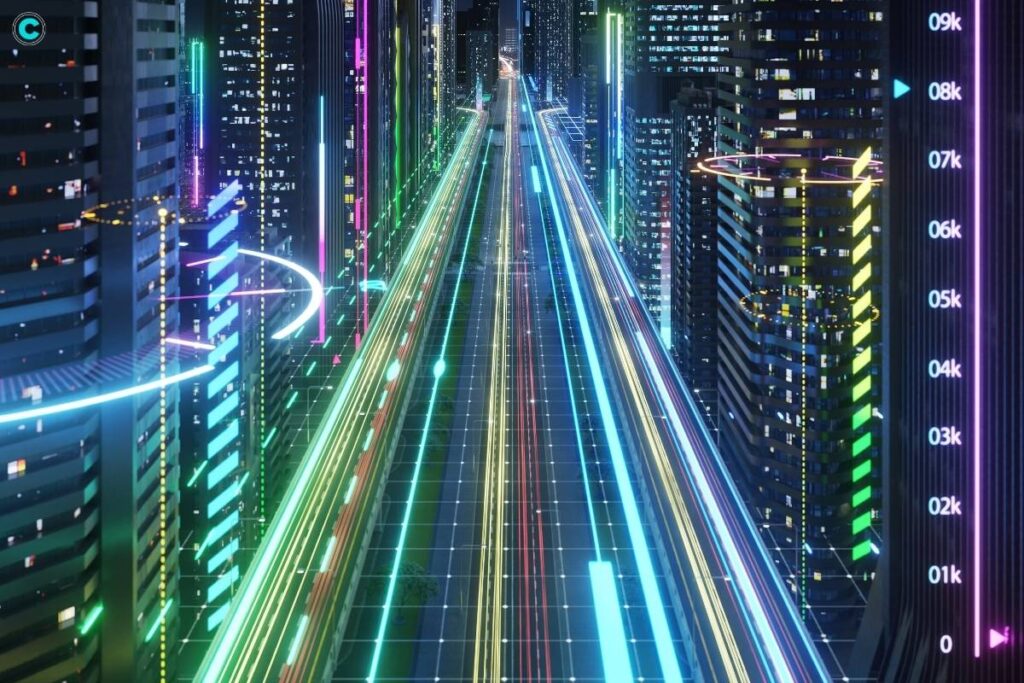
The Role of IoT in Smart Cities Paving the Way for a Connected Future:
The term “IoT in smart cities” refers to the strategic deployment of interconnected devices and sensors within urban environments to collect, analyze, and
Conclusion:
IoT in retail has emerged as a catalyst for transformation, enhancing both customer experience and supply chain management. The seamless integration of IoT devices and technologies creates a more efficient and responsive retail ecosystem. From personalized shopping experiences to optimized supply chain operations, the impact of IoT in retail is far-reaching. As the retail industry continues to evolve, businesses that leverage IoT will be better positioned to stay ahead of the competition and meet the ever-changing demands of modern consumers. Embracing the power of IoT in retail is not just a technological choice but a strategic imperative for those aiming to thrive in the dynamic landscape of the retail sector.

